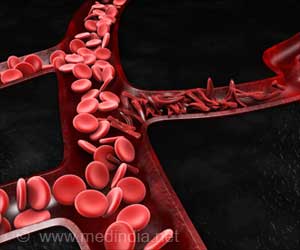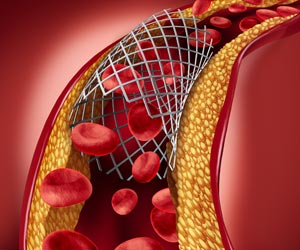Scientists say that a genetic mutation in zebrafish has brought to light the mechanism that leads to cleft palate.
Cleft palate is a common congenital malformity that is characterised by a split in the roof of the mouth that makes it difficult for one to speak. The University of Oregon scientists say that a genetic mutation in zebrafish has brought to light the mechanism that leads to this disorder.
The new findings attain significance because many molecular pathways in zebrafish are present in humans.During the study, the 10-member research team isolated a disruption in early developmental signalling involving a platelet-derived growth-factor protein called Pdgf, and a microRNA known as Mirn140.
The researchers say that mutant zebrafish lacking Pdgf had cleft palate similar to many human babies, showing that this growth factor helps to organize cells that make the palate.
They also saw that zebrafish into which too much Mirn140 was injected also had cleft palate.
Normally, Mirn140 allows for normal cell signalling by the Pdgfra protein that properly triggers cell migrations necessary for correct oral-cranial building.
Based on their observations, the researchers came to the conclusion that cleft palate may result from too little Pdgfra that occurs because of either a mutation in the Pdgfra gene or too much Mirn140.
Advertisement
The authors of the study, however, caution that the findings do not point toward new clinical applications.
Advertisement
Source-ANI
KAV/L








